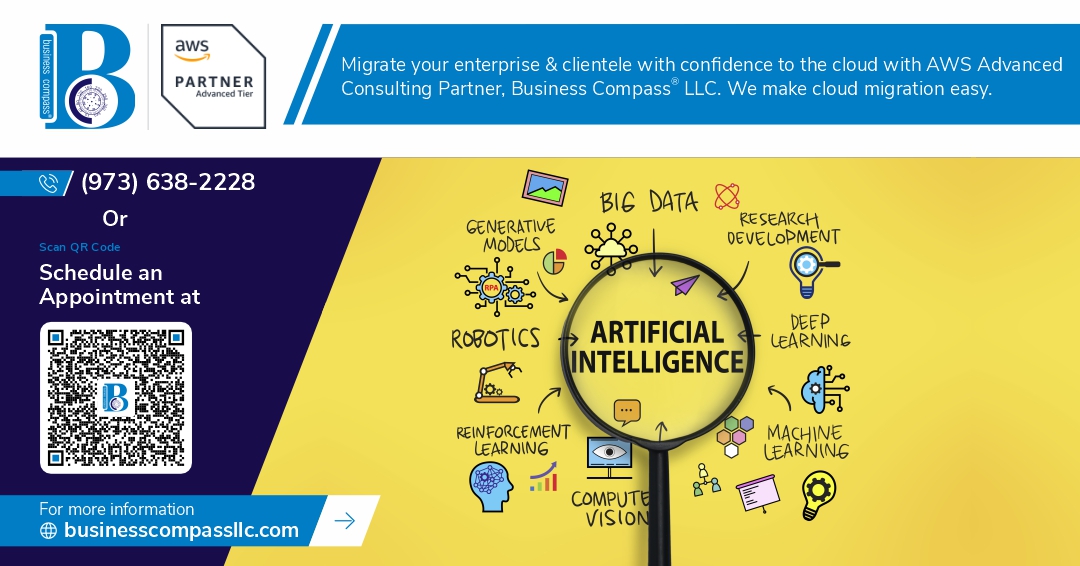Unleashing AI with Amazon Bedrock: A Practical Guide for Developers
Artificial Intelligence (AI) transforms how developers build, scale, and deploy modern applications. With the launch of Amazon Bedrock, AWS has democratized access to foundation models (FMs) from leading AI providers like Anthropic, AI21 Labs, Cohere, Meta, and Amazon itself. In this guide, we'll explore how developers can harness the power of Amazon Bedrock to streamline generative AI development without managing any infrastructure.
What is Amazon Bedrock?
Amazon Bedrock is a fully managed service that enables developers to build and scale generative AI applications using foundation models via API, without provisioning or managing servers. It supports popular models such as:
Anthropic’s Claude
Meta’s Llama 2
Amazon Titan
Cohere’s Command R
AI21 Labs’ Jurassic
Bedrock provides a unified API for all models and supports secure integration with other AWS services, making it ideal for production workloads.
Key Features of Amazon Bedrock
1. Model Flexibility
Developers can experiment with multiple FMs to find the one best suited to their use case, whether summarization, Q&A, text generation, or chatbot creation.
2. Custom Model Fine-Tuning
With model customization, you can fine-tune base models using your private data securely, without exposing your data to the model provider.
3. Agents for Amazon Bedrock
Use Bedrock Agents to automate complex business tasks by combining foundation model reasoning with orchestration workflows. These agents interact with external systems like databases, APIs, or knowledge bases.
4. Security and Compliance
Bedrock is integrated with AWS security services like IAM, VPC, and CloudTrail, ensuring enterprise-grade data protection and compliance (HIPAA, GDPR, etc.).
Getting Started: Step-by-Step for Developers
Step 1: Enable Bedrock in Your AWS Console
Bedrock is currently available in select AWS regions. Request access if needed and ensure your IAM role has the proper permissions.
Step 2: Choose a Foundation Model
Evaluate and test different FMs via the Bedrock playground or API. For instance:
import boto3
client = boto3.client("bedrock-runtime")
response = client.invoke_model(
modelId="anthropic.claude-v2",
contentType="application/json",
body='{"prompt":"Explain generative AI in simple terms","max_tokens":100}'
)
Step 3: Create and Deploy Bedrock Agents
Define an agent with instructions, tools, and access credentials. Agents can fetch data, invoke APIs, and return contextual answers — perfect for chatbots or automated workflows.
Step 4: Secure and Monitor
Use CloudWatch for logging, CloudTrail for auditing, and Amazon KMS for data encryption.
Real-World Use Cases
Enterprise Chatbots: Replace scripted bots with natural, context-aware AI agents.
Document Q&A: Parse and summarize PDFs, contracts, or reports in seconds.
Customer Support: Automate ticket resolution with AI-enhanced agents.
Code Generation: Use generative models to accelerate software development.
Future of Generative AI with Bedrock
With Agents, RAG (Retrieval-Augmented Generation) capabilities, and tight integration with services like Amazon S3, Lambda, and OpenSearch, Bedrock is poised to lead the next evolution of AI-powered cloud-native applications.
Conclusion
Amazon Bedrock gives developers a streamlined, scalable, and secure pathway to integrate generative AI into their applications. With a no-code interface, API access, and flexible model choices, it's the fastest way to go from idea to production-ready AI services.

Comments
Post a Comment